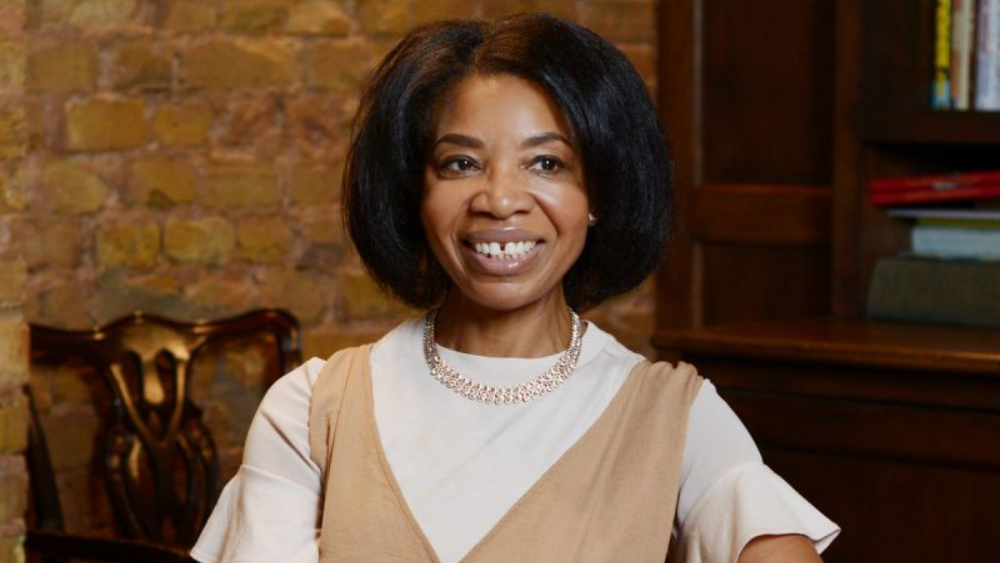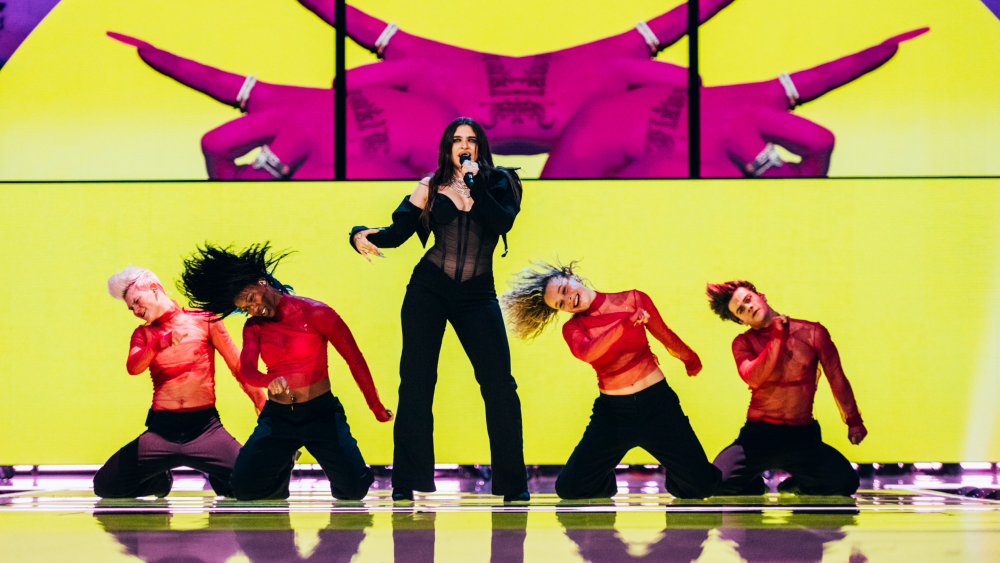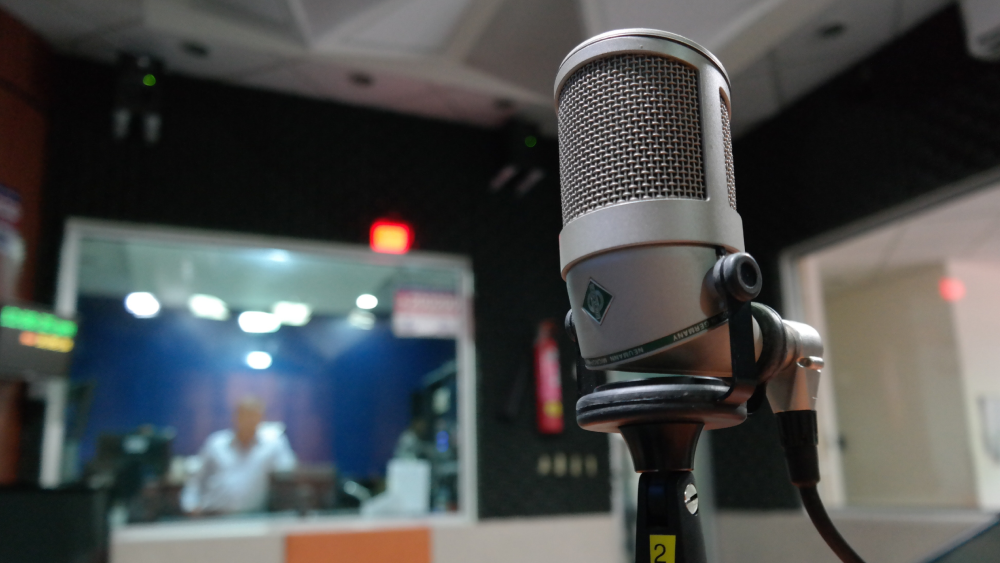‘I think most people these days have grown up with a pretty broad selection of music, so it seems counterintuitive to suddenly have to pick a side,’ says producer and composer Beni Giles.
Beni has teamed up with cellist Colin Alexander to record their debut album Addelam, which was inspired by Deal in East Kent, with the duo employing field recordings and improvisational techniques throughout.
Colin has previously written for the London Philharmonic Orchestra and London Contemporary Orchestra, while Beni is a producer and associate composer at Nonclassical, and the pair have combined their talents for this new project.
We chat to the duo about the inspirations and processes behind their new record, and their fluid approach to genre…
How did this
collaboration between you both initially come about?
Beni Giles (BG): I went to see Colin do an improvised solo
set a couple of years back and thought it was the beginning of something really
great.
Colin Alexander (CA): We're old friends and he suggested we
record some of the improvised material and see where it led. I am grateful!
What drew you to Deal
as inspiration for the record?
CA: I moved to Deal with my wife Jenny in 2017 and
immediately found myself far more relaxed, open and inspired. Almost all the
material on the album came about whilst improvising at home in Deal on one of
those great days where I can spend hours drifting along the beach, playing the
cello and sitting by the fire.
Aside from Deal, were
there any other influences or inspirations for the record?
CA: I was certainly keen to find a new way of playing the cello when I organised a performance with Mohammad Reza Mortazavi – an incredible Iranian hand-percussionist. His music is full of very fast rhythms which still manage to breathe gently rather than stay metronomic as electronic music can. I developed some of the various fast bow techniques that you can hear on the album in preparation for our concert together back in 2017.
How did you go about
sourcing the field recordings on the record and what was the process of
building them into the music like?
BG: Initially, we recorded rough sketches at Colin’s place in Deal. We then recorded it properly in a studio, but it seemed to lose the ambience that made the original recordings so characterful. We realised that the creaky old house was integral to the album’s aesthetic, as was the crackling fire, howling wind, and crashing sea in the distance. In fact, Ingress, is pretty much what it sounds like when you walk into Colin’s house after a long walk (there’s a huge bell tree in the living room!).
We ended up using a few bits from the original recordings but mostly just used them to inform the way we worked from then on. We recorded in various environments, studio or otherwise, and then set about recreating the desired aesthetic by collecting the sounds that, by this point, we knew were needed. It was a very natural and instinctive process.
You use instrumental
improvisations throughout the record, how strongly did that shape the songs on
the album?
CA: Through the process of in-studio composition, we were
able to find the right shape for the various techniques and timbres we wanted
to use. I would say that improvisation was the seed for many of the tracks, but
we used those small moments as material as we would in any piece we write.
Colin, what led you
to play cello?
CA: My grandmother said I had the right hands for it when I was very young. She was a violinist so knew her stuff. My other grandmother was a clarinettist and then my mother, father, uncle and auntie are all musicians as well, so I suppose the opportunity was there!
Beni, what initially
drew you to production and composition?
BG: I’ve been writing music for as long as I can remember, but as a teenager I bought an old cassette 4-track and started toying with recording. There’s something amazing about working with source sounds in real-time and building a piece as you go. It’s a form of improvisation. Sound becomes malleable. You can react to the material, to nuances in the performance, to minute details. Mistakes and even recording errors can be embraced as part of the piece. I love that freedom. I do still write to score and I love doing that but they’re hugely different processes. Happily, they inform each other beautifully.
You both work across
genres, what’s the appeal?
CA: I cherish the variety of genres I am fortunate enough to
be involved with! I think that too much repetition can be very saturating for
any musician and so I'm always very glad to be asked to do something new.
BG: In short; it’s fun, exciting, informative and it keeps you on your toes! It also expands your palette and exposes you to things you might otherwise miss. I should add, though, that anytime I’ve tried to pick a genre I’ve felt creatively stifled. I think most people these days have grown-up with a pretty broad selection of music, so it seems counterintuitive to suddenly have to pick a side.
Personally, it’s just about what inspires me at the time. I like to be restricted by factors such as instrumentation, or to commit to a particular sound world. But these are creative decisions that serve to guide the process and, hopefully, give the project an idiosyncratic identity. Superficially combining genres is a different kettle of fish (and usually yields uninspiring results, in my opinion!). But having eclectic tastes and getting involved in a broad-range of styles can only improve your skill set and musical understanding.
Do you expect to make further records as a duo?
CA: Yes, certainly. We already have some ready for release, whilst others are ready to produce.
BG: We’re keen to explore more of the processes and
techniques that we developed during this record so we’re getting straight back
to it.
What do you have on
repeat at the moment?
BG: I try not to over-listen to things. But I keep being
drawn back to Ballaké Sissoko & Vincent Ségal’s collaborations.
CA: Johannes Ockeghem Missa Mi-Mi, William Byrd Browning, and
Sergei Prokofiev Symphony no.3.
What’s your worst
musical habit?
BG: Letting my muscle-memory get the better of me. I hate it when I realise I’m repeating myself or going down the same creative paths. It usually means that I’m not actually thinking, I’m just doing, which is a sure sign that things are getting stale.
Whenever I realise a pattern of repetition, I make a conscious effort to avoid those things. Discovering new methods and concepts is what keeps things exciting. Repetition is important when it comes to refining ideas and techniques, but it’s bad news for the creative process.
CA: Playing rubbish stuff that someone wrote purely for
cash.
Addelam is out now via Big Ship





